Nestled in the southern reaches of Oman, the Dhofar region, with its vibrant capital Salalah, offers a travel experience that defies the typical Middle Eastern stereotype of endless deserts and scorching heat. Known for its lush greenery during the Khareef (monsoon) season, pristine beaches, ancient frankincense trade routes, and a cultural heritage that blends Arabian, African, and South Asian influences, Dhofar is a hidden gem waiting to be explored. This guide by Pinkstone Travel provides everything you need to know to plan an unforgettable trip to Salalah and the Dhofar region, from when to visit and how to get there to must-see attractions and practical tips for a seamless journey. Read more details about Trending tours Oman.
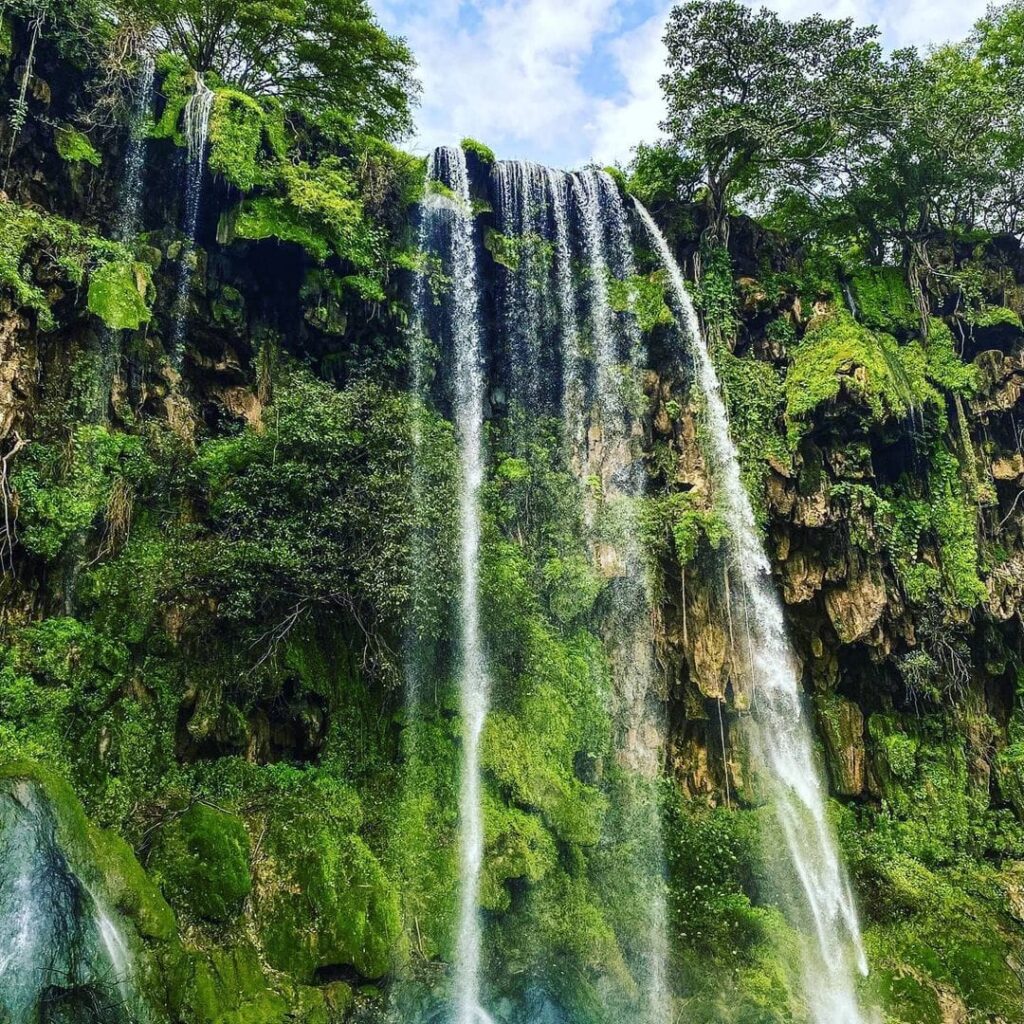

Dhofar’s appeal varies by season, each offering a distinct experience:
For a balance of pleasant weather and fewer crowds, aim for early September or November. If hiking or venturing into the desert is a priority, winter is your best bet. read more details about Popular Excursion Oman.
Dhofar’s appeal varies by season, each offering a distinct experience:
For a balance of pleasant weather and fewer crowds, aim for early September or November. If hiking or venturing into the desert is a priority, winter is your best bet. explore more details about Adventure Tours Oman.
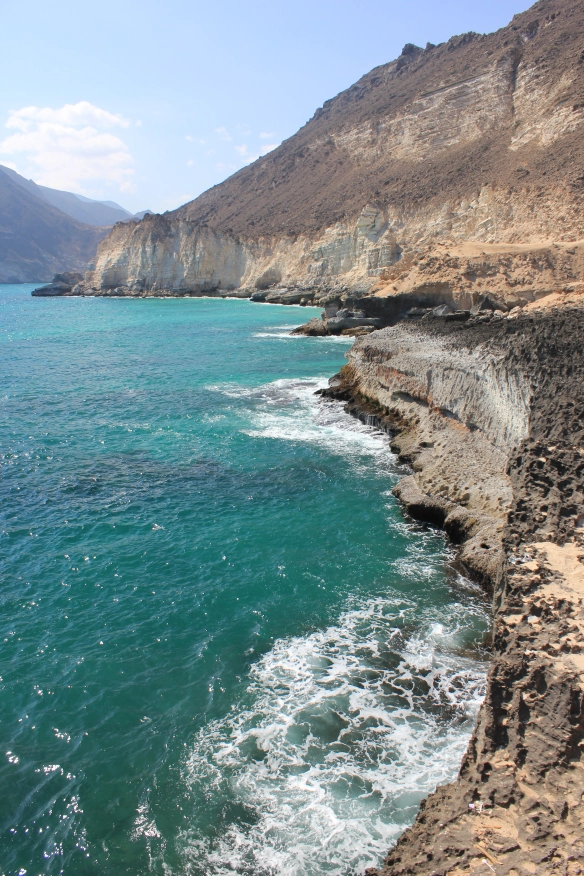
Salalah is approximately 1,000 km from Muscat, Oman’s capital, making it a remote destination that requires somae planning to reach. Here are your options:
By Air: The fastest and most convenient way to reach Salalah is by flying into Salalah International Airport (SLL). Oman Air and SalamAir operate daily flights from Muscat (about 1.5 hours), with additional international connections from Dubai, Doha, and select Indian cities. Book flights early during Khareef season, as demand is high. The airport is 10 km from downtown Salalah, with taxis and car rentals readily available.
By Road: Driving from Muscat to Salalah is an epic road trip, covering 1,000 km through Oman’s stark desert interior along Motorway 31. The journey takes 10-12 hours, with few attractions en route, though rest stops and motels are available. A 4x4 vehicle is recommended if you plan to explore Dhofar’s rugged terrain. Alternatively, the coastal route from Sur is more scenic but takes several days. For a unique adventure, consider driving from Dubai (1,200 km, about 12-14 hours), crossing the UAE-Oman border.
By Bus: Intercity buses operated by Mwasalat connect Muscat to Salalah, taking around 12-14 hours. While affordable, this option is less comfortable and not ideal for those short on time.
By Sea: Currently, there are no regular passenger ferries to Salalah, though private yacht charters occasionally operate from Muscat or Dubai for a luxurious, bespoke journey.
Public transportation in Salalah and Dhofar is limited, so renting a car is highly recommended for flexibility. A 4x4 is essential for off-road adventures, such as exploring wadis or reaching remote beaches like Fazayah. Car rental agencies are available at the airport and in Salalah city, with reputable options like Avis and Budget. Local taxis and shared microbuses are available for short trips within Salalah, but they’re less practical for regional exploration. For guided experiences, book a tour with operators like Beautiful Salalah Tours, which offer customized itineraries with knowledgeable Omani guides. explore here about Sea Tours Oman .
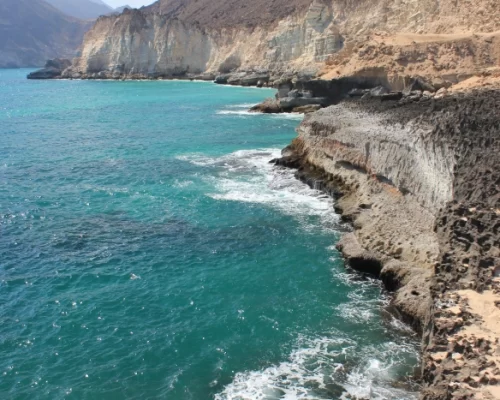
A highlight of Dhofar, Wadi Darbat is a stunning valley that comes alive during Khareef with cascading waterfalls, turquoise pools, and lush greenery. Kayak or take a boat ride on the wadi’s serene waters, or hike the trails for panoramic views. Even in the dry season, the valley’s dramatic cliffs and scattered pools are breathtaking. Pack a picnic and enjoy the serene atmosphere, but avoid weekends during Khareef due to crowds.
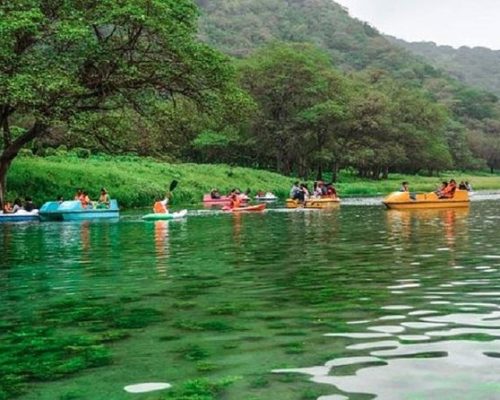
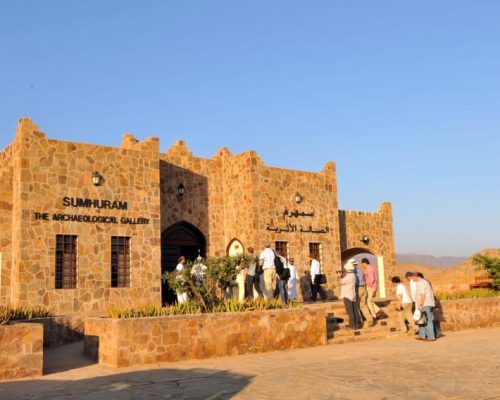
This UNESCO World Heritage Site in Salalah showcases the ruins of Zafar, a 12th-century port city central to the frankincense trade. Wander through the remains of mosques and defensive walls, and visit the adjacent Land of Frankincense Museum to learn about Dhofar’s role in global trade. The site is beautifully lit at night, offering a magical evening stroll.
Located 40 km west of Salalah, Al Mughsayl Beach is a pristine stretch of white sand framed by cliffs. During Khareef, the nearby blowholes erupt with seawater, creating a dramatic spectacle. Explore the Marneef Cave nearby for a shaded respite and stunning ocean views. The beach is perfect for a sunset picnic or a refreshing swim outside monsoon season. Explore here about Salalah Tour packages.
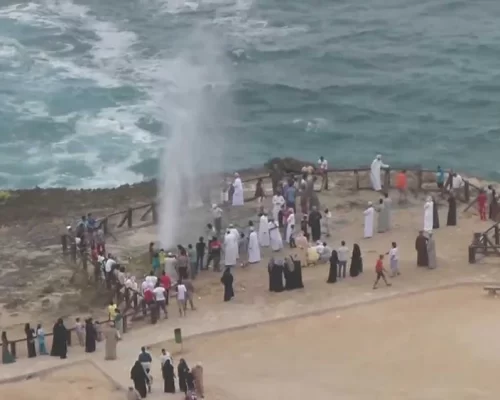
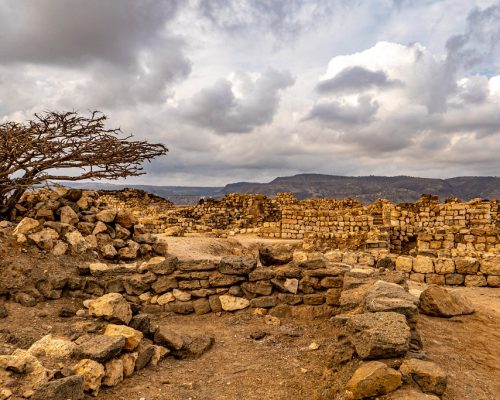
East of Salalah, near Khor Rori, lies Sumhuram, another UNESCO-listed site and one of the region’s oldest ports. Dating to the 1st century AD, it was a key frankincense trading hub. Explore the ancient castle, temple, and stone buildings, and enjoy the scenic creek where the wadi meets the Arabian Sea, a haven for birdwatchers.
For a secluded beach experience, head to Fazayah Beach, a hidden gem 100 km west of Salalah. Accessible via a steep, winding road, this pristine beach is flanked by rock formations and crystal-clear waters, ideal for swimming and photography. Camels often roam the sands, adding to the wild, untouched vibe. A 4x4 is necessary to reach it.
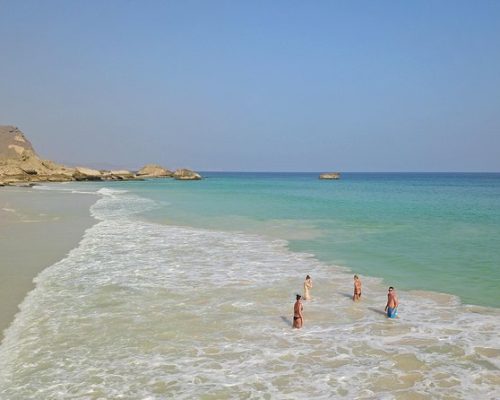
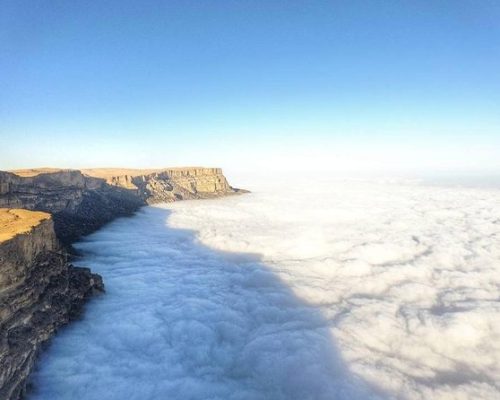
The highest point in Dhofar at 2,100 meters, Jebel Samhan offers jaw-dropping views of shrub-dotted valleys and the cobalt Arabian Sea. Hike or drive to the viewpoint for a sunrise or sunset experience, and keep an eye out for Arabian leopards, though sightings are rare. Winter is the best time for clear skies and cooler temperatures.
Salalah’s oldest market, Al Haffa Souk, is a sensory delight, known for its frankincense stalls, perfumes, and handmade clay burners. Browse for Dhofari crafts, silver jewelry, and bukhoor (perfumed briquettes), and chat with local vendors, many of whom are women continuing a centuries-old tradition. Visit in the evening for a lively atmosphere.
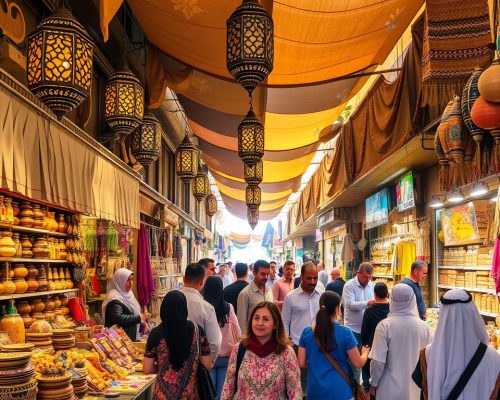
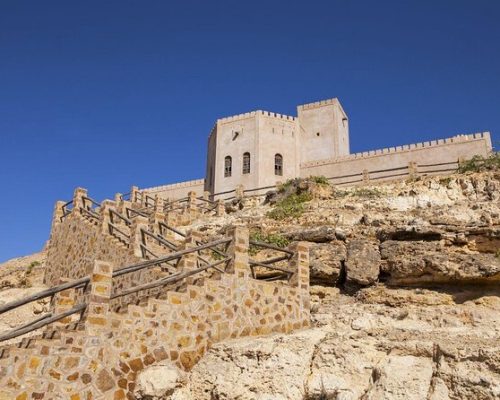
In the fishing village of Taqah, 30 km east of Salalah, this 19th-century mud-walled fort is now a charming museum showcasing traditional Dhofari life. Explore the governor’s majlis (meeting room) and admire the village’s pastel-colored houses. Nearby, Taqah’s white-sand beaches are perfect for a quiet afternoon
Perched in the Dhofar Mountains north of Salalah, the tomb of Nabi Ayoub (Prophet Job) is a serene pilgrimage site with sweeping views of the plains. The scenic drive through hairpin bends is an adventure in itself. Modest attire is required, and women must cover their heads.
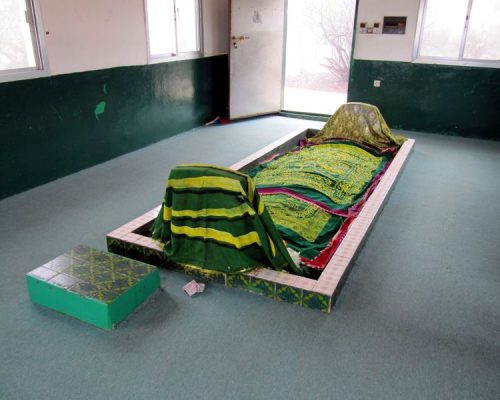
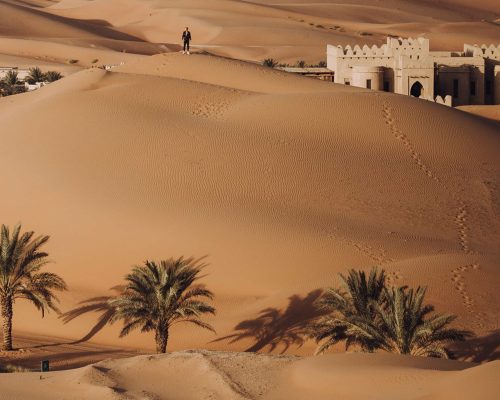
For an unforgettable desert experience, venture north to the edge of the Empty Quarter, the world’s largest uninterrupted sand sea. Visit the ruins of Ubar, the fabled “Atlantis of the Sands,” and camp under the stars for a truly remote adventure. A guided 4x4 tour is essential due to the challenging terrain.
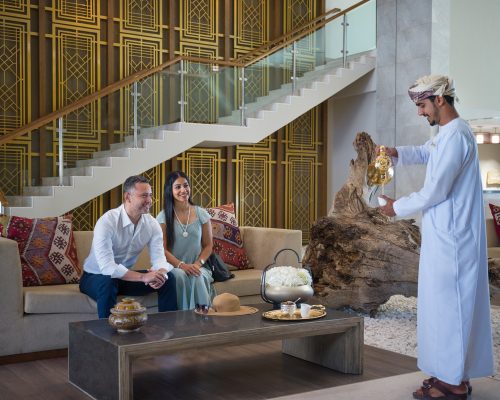
Salalah offers accommodations for every budget, from luxury resorts to budget-friendly apartments. Here are top picks:
For a unique experience, consider glamping in the Dhofar Mountains or wild camping on a secluded beach (with proper permits and respect for local regulations).
African flavors. Must-try dishes include:
Visit Al Husn Souk for street food like mishkak (grilled meat skewers) or dine at local favorites like Baalbeck Restaurant for authentic Dhofari dishes. Vegetarians will find plenty of options, including smoked aubergine and lentil-based curries.

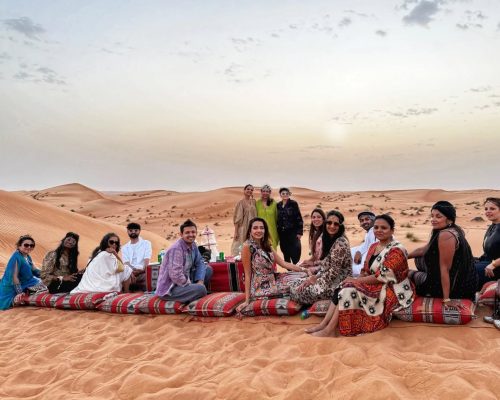
Omanis are known for their hospitality, but respect local customs to ensure a positive experience. Greet locals with “As-salamu Alaikum” (peace be upon you), accept coffee and dates if offered, and ask permission before photographing people, especially women. During Ramadan, avoid eating or drinking in public during daylight hours. Tipping is not mandatory but appreciated for good service (5-10%).
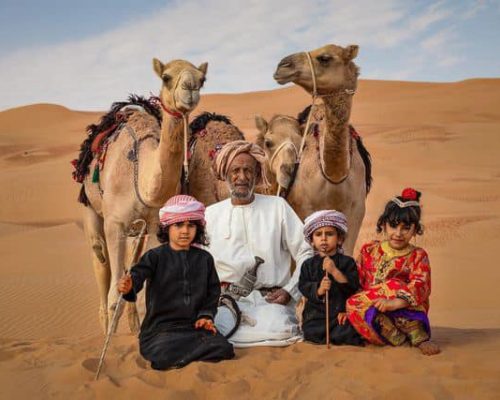
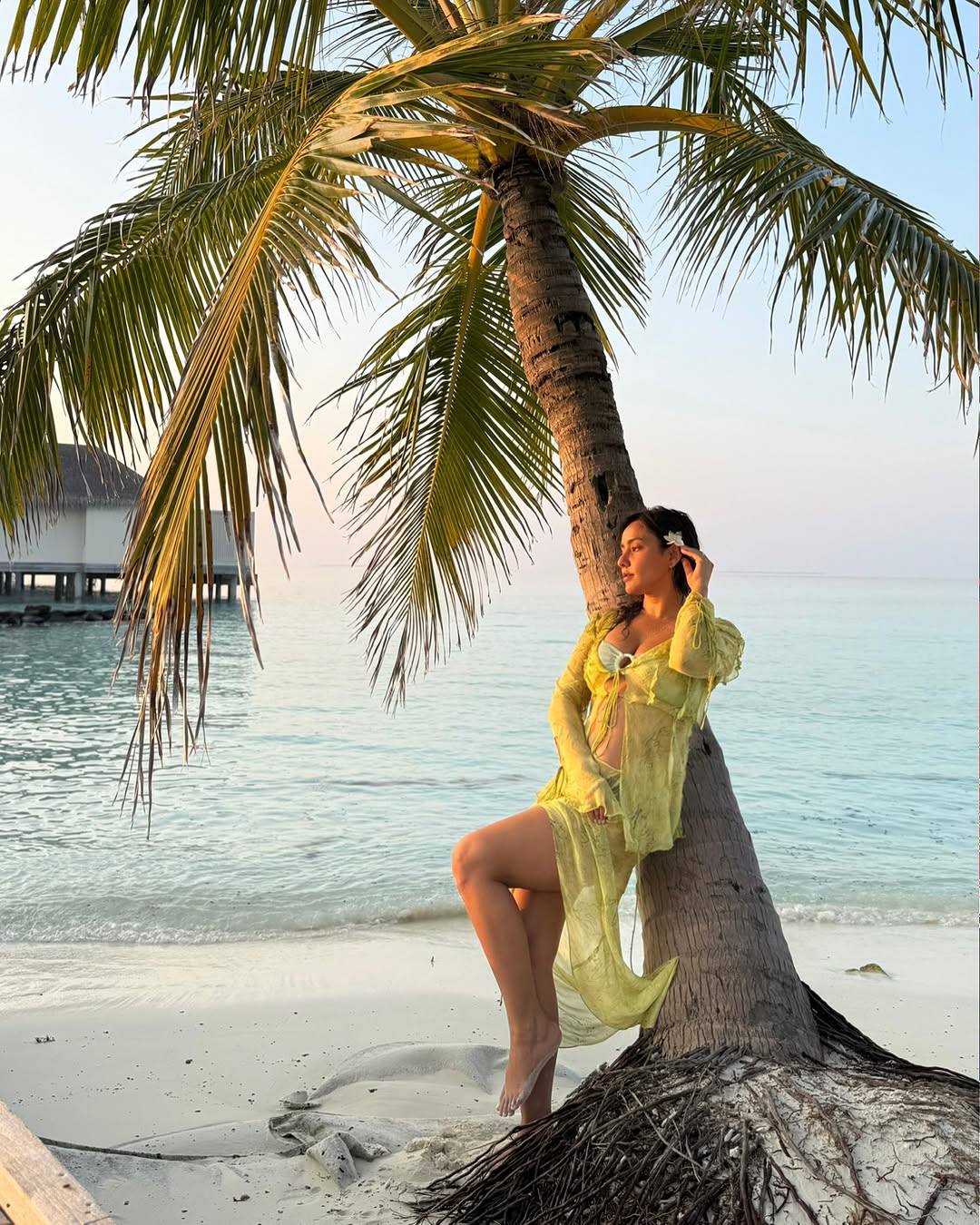
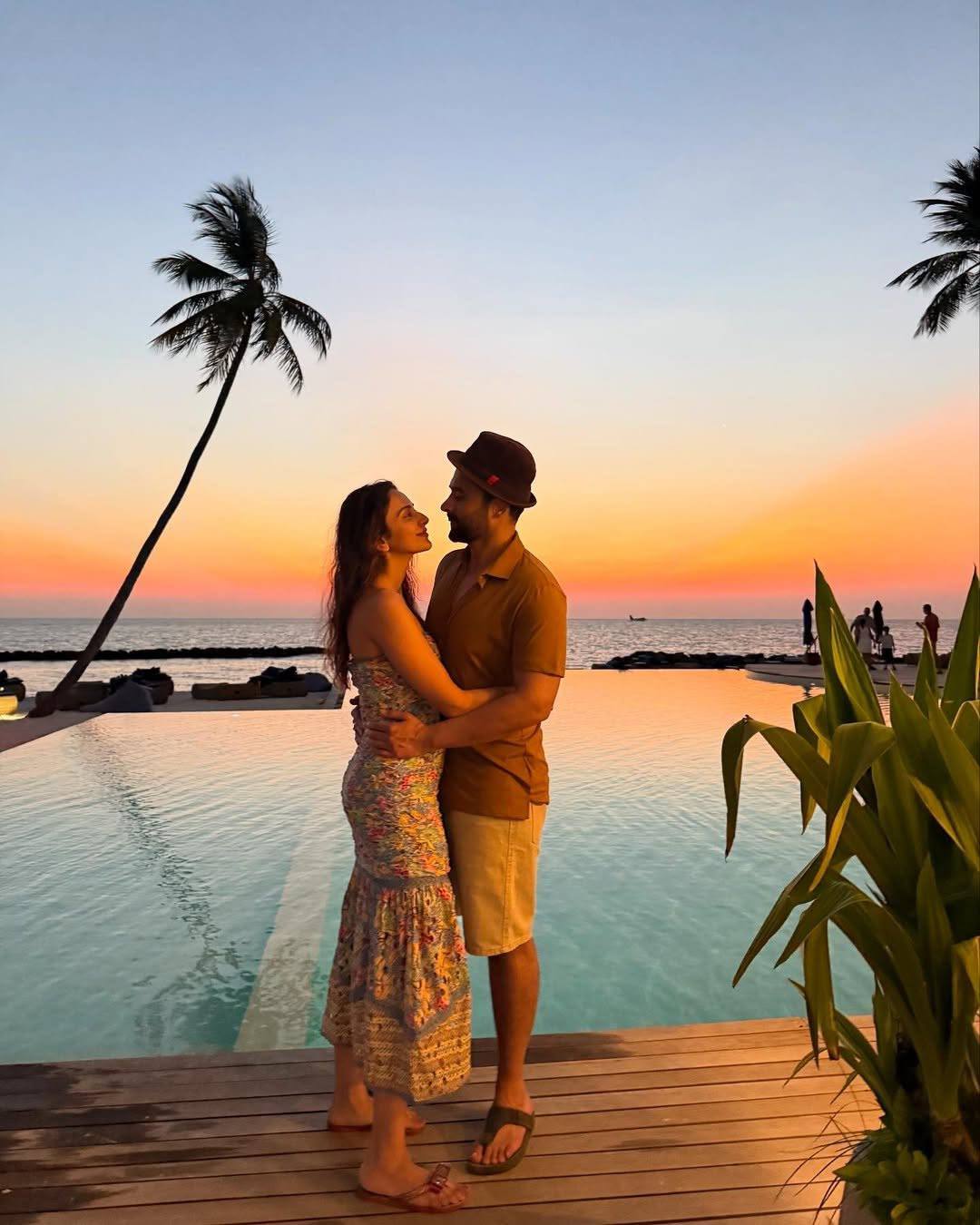
Pinkstone Travel combines affordability with exceptional service, allowing you to immerse yourself in salalah's rich culture and breathtaking landscapes without stress. Whether you're craving adventure, relaxation, or cultural exploration, Pinkstone Travel has you covered. Start planning your Salalah adventure with Pinkstone Travel now and unlock exclusive deals for an unforgettable journey.
Book salalah tours packages Discover Oman tours, from Oman at Pinkstone Travel, one of the reputed travel agents in Oman. We are known for our client servicing and competitive rates, which make us unique.
Start planning your Oman adventure with Pinkstone Travel now and unlock exclusive deals for an unforgettable journey.Subscribe to the free newsletter and stay up to date